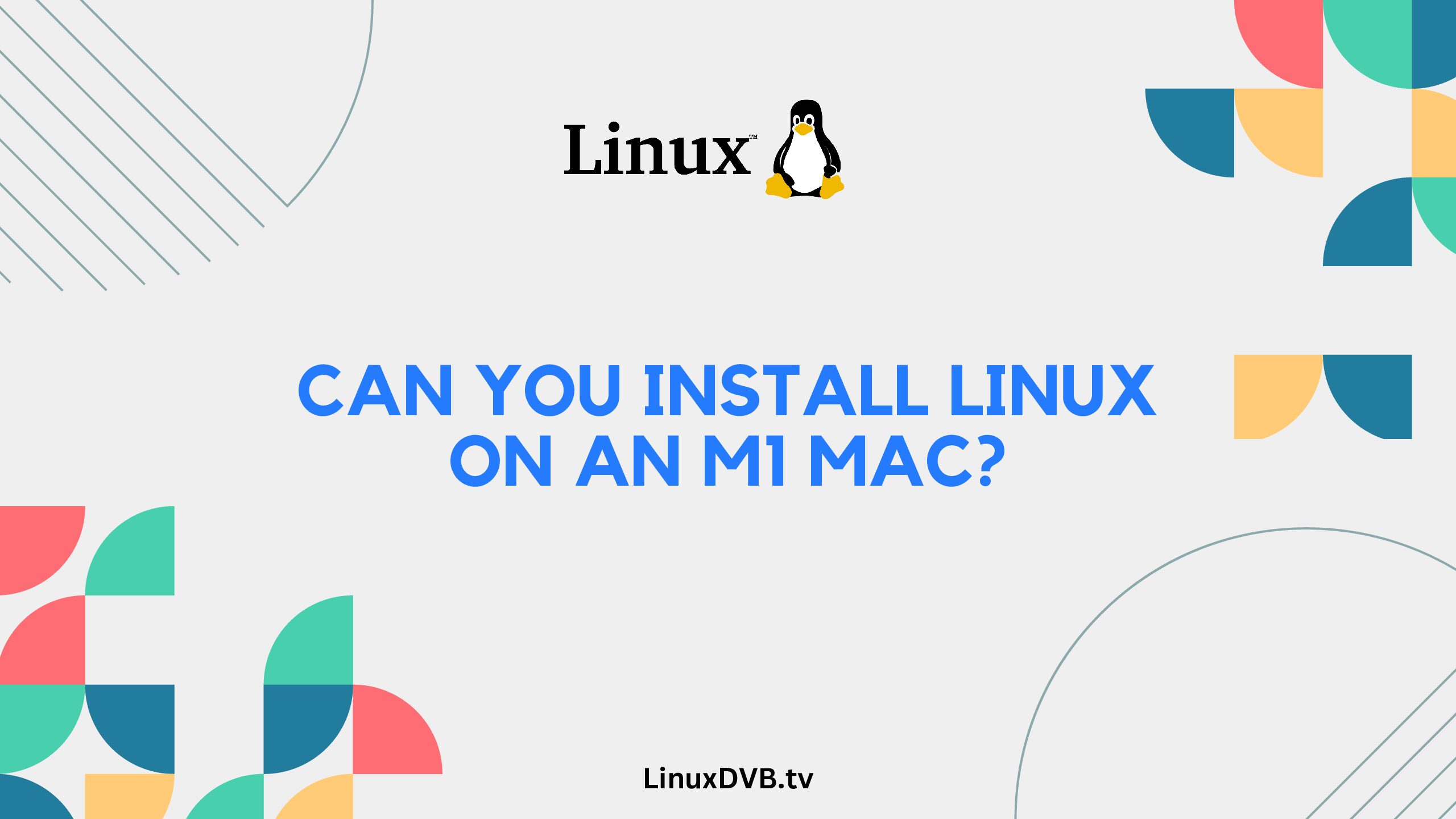Introduction
The M1 Mac, powered by Apple’s innovative silicon, has taken the computing world by storm. With its impressive performance and power efficiency, users are now wondering whether they can venture beyond macOS and install Linux on their M1 Macs. In this guide, we’ll delve into the world of M1 Macs and Linux compatibility, exploring the steps, potential challenges, and benefits of running Linux on these cutting-edge machines.
Table of Contents
Can You Install Linux on an M1 Mac?
Yes, you can indeed install Linux on an M1 Mac. While M1 Macs are designed to run macOS natively, the tech community has been working tirelessly to bring Linux compatibility to these machines. With the right tools and a bit of technical prowess, you can have a dual-boot setup, enjoying the best of both macOS and Linux worlds on your M1 Mac.
The Process: Installing Linux on Your M1 Mac
Installing Linux on an M1 Mac involves several steps. Here’s a step-by-step guide to help you through the process:
1. Preparation
Before you start, ensure you have a backup of your important data. You’ll also need a USB drive with at least 16GB of storage and a reliable internet connection.
2. Download Required Files
Download the latest version of Ubuntu for ARM64 architecture and the ‘Ukko’ tool, which simplifies the installation process.
3. Create a Bootable USB Drive
Use the ‘Ukko’ tool to create a bootable USB drive with the Ubuntu image. This will serve as your installation media.
4. Adjust macOS Security Settings
Disable the ‘System Integrity Protection’ (SIP) and ‘Secure Boot’ features on your M1 Mac.
5. Enter Recovery Mode
Restart your Mac and enter Recovery Mode by holding down the power button and choosing ‘Options’ > ‘Continue’ in the boot menu.
6. Launch Terminal
In Recovery Mode, open the Terminal from the ‘Utilities’ menu.
7. Install Linux
Use the Terminal to run the Ukko script and initiate the Linux installation process.
8. Follow On-screen Instructions
The script will guide you through the installation. Follow the prompts to choose your language, set up user accounts, and configure disk partitions.
9. Reboot
Once the installation is complete, reboot your M1 Mac. You can now choose between macOS and Linux on startup.
Benefits of Running Linux on an M1 Mac
Running Linux on your M1 Mac opens up a world of possibilities:
- Development Flexibility: Linux offers a robust development environment with support for various programming languages and tools.
- Customization: Linux allows you to customize your system according to your preferences, giving you more control over your computing experience.
- Server Applications: With Linux, you can set up server applications, turning your M1 Mac into a powerful server for hosting websites, applications, and more.
- Open-Source Software: Linux provides access to a vast repository of open-source software, allowing you to explore and utilize a wide range of applications.
- Security: Linux is known for its strong security features, making it an excellent choice for users who prioritize data protection.
FAQs
Can I switch between macOS and Linux after installation?
Yes, you can switch between the two operating systems during startup by holding down the Option key.
Will all M1 Mac features work on Linux?
While many features will work, some may not be fully supported due to differences in hardware architecture and driver availability.
Is installing Linux on an M1 Mac risky?
Installing Linux involves some technical complexity and carries a slight risk of data loss. Make sure to follow the instructions carefully and back up your data.
Can I receive official Apple support after installing Linux?
Apple’s official support may be limited if you encounter issues while running Linux. However, online communities can provide helpful solutions.
What is the performance like when running Linux on an M1 Mac?
Linux performance on M1 Macs is generally impressive, although it may vary depending on the specific distribution and applications you use.
Can I uninstall Linux later if I change my mind?
Yes, you can uninstall Linux and revert to macOS. This process will involve erasing the Linux partition and restoring macOS from your backup.
Can you run Linux on Mac M1?
Yes, it’s possible to run Linux on a Mac M1 using virtualization tools like Parallels Desktop or QEMU.Can you run Linux on a Mac M1?
Certainly, Linux can be run on a Mac M1 through virtualization or solutions like Asahi Linux.Can you install Linux on an M1 Mac?
Indeed, you can install and run Linux on an M1 Mac using methods like virtualization or projects like Asahi Linux.Can I run Linux on Mac M1?
Absolutely, you can run Linux on a Mac M1 by utilizing virtualization software such as Parallels Desktop or QEMU.Conclusion
Exploring the world of Linux on your M1 Mac is an exciting journey that offers numerous benefits, from enhanced customization to versatile development opportunities. By following the installation steps and considering the potential challenges, you can harness the power of both macOS and Linux on a single device. So, are you ready to embark on this adventure and experience the best of both operating systems on your M1 Mac?

